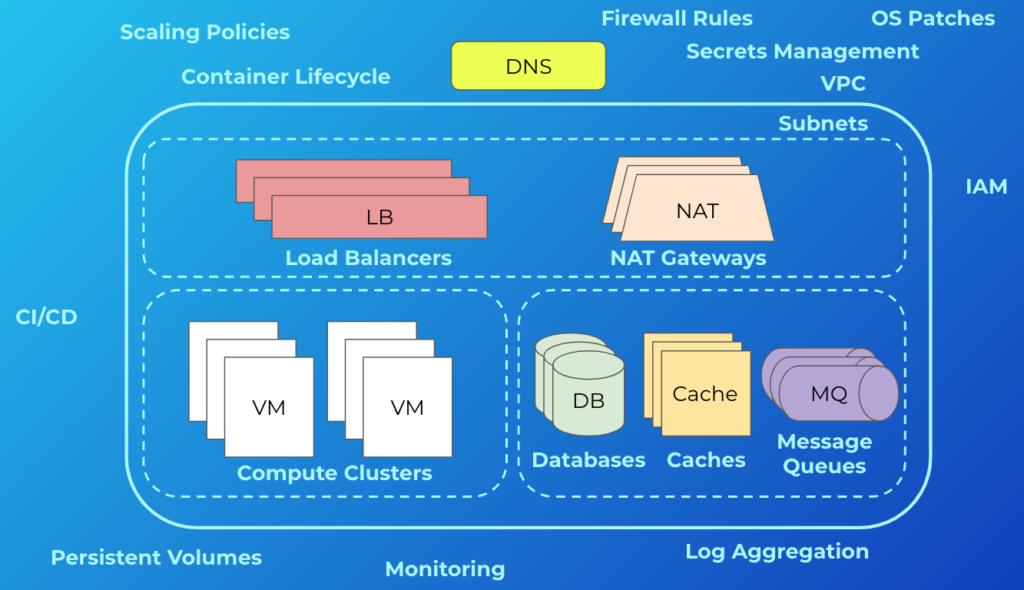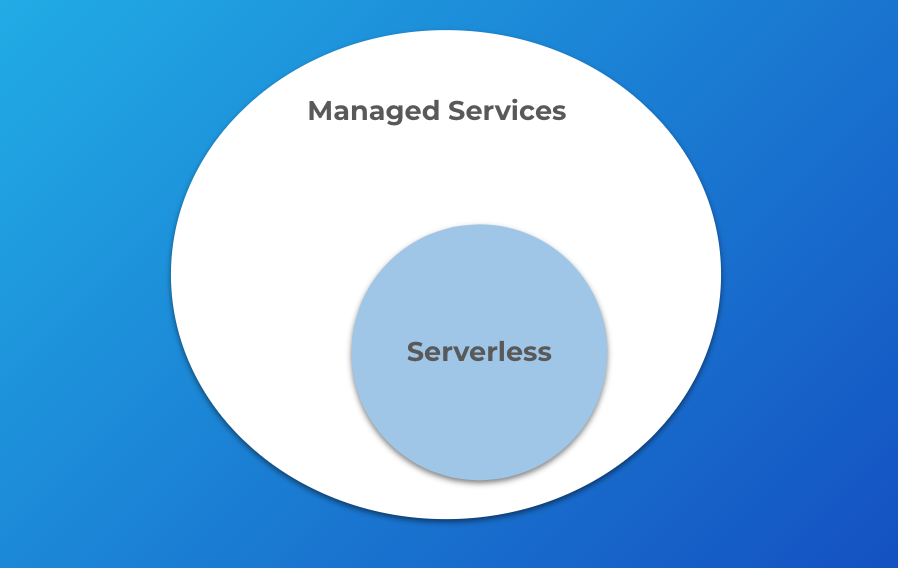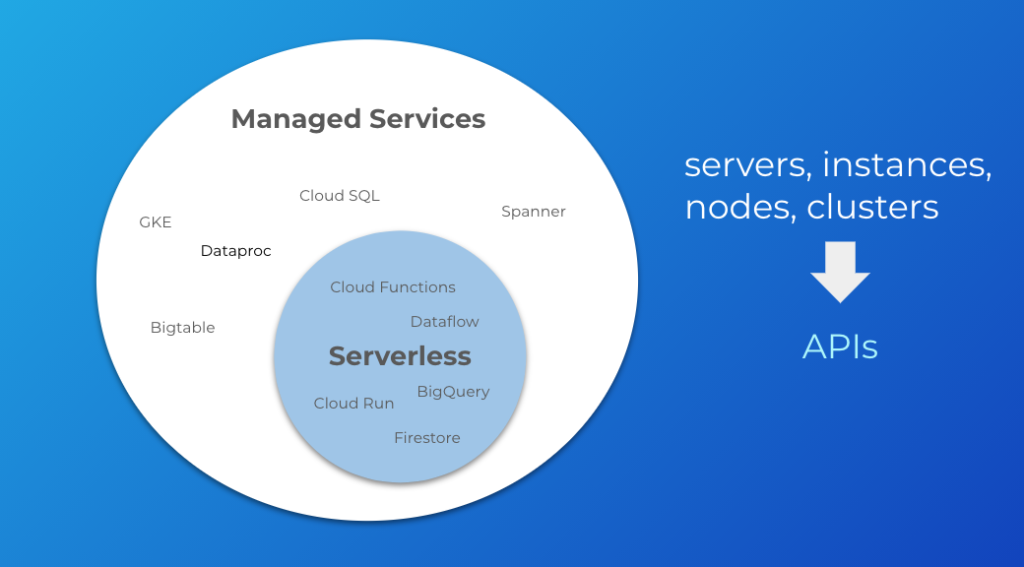
I’ve worked as a software engineer, manager, consultant, and business owner. All of these jobs have involved meetings. What those meetings look like has varied greatly.
As an engineer, meetings typically entailed technical conversations with peers, one-on-ones with managers, and planning meetings or demos with stakeholders.
As a manager, these looked more like quarterly goal-setting with engineering leadership, one-on-ones with direct reports, and decision-making discussions with the team.
As a consultant, my day often consists of talking to clients to provide input and guidance, communicating with partners to develop leads and strategize on accounts, and meeting with sales prospects to land new deals.
As a business owner, I am in conversations with attorneys and accountants regarding legal and financial matters, with advisors and brokers for things like employee benefits and health insurance, and with my co-owner Robert to discuss items relating to business operations.
What I’ve come to realize is this: we suck at meetings. We’re really bad at them. After starting my first job out of college, I quickly discovered that everyone’s just winging it when it comes to meetings. We’re winging it in a way the likes of which Dilbert himself would envy. We’re so bad at it that it’s become a meme in the corporate world. Whether it’s joking about your lack of productivity due to the number of meetings you have or that one meeting that could have been an email, we’ve basically come to terms with the fact that most meetings are just not very good.
And who’s to blame? There’s no science to meetings. It’s not something they teach you in school. Everyone just shows up and sort of finds a system that works—or doesn’t work—for them. What’s most shocking to me, however, is that meetings are one of the most expensive things a business can do—like billions-of-dollars expensive. If you’re going to pay a bunch of people a lot of money to talk to other people who you’re similarly paying a lot of money, you probably want that talking to be worthwhile, right? And yet here we are, jumping from one meeting to the next, unable to even process what was said in the last one. It’s become an inside joke that every company is in on.
But meetings are also important. They’re where collaboration happens, where ideas are born, where decisions are made. Is being “good at meetings” a legitimate hiring criteria? Should it be?
From all of the meetings I’ve had across these different jobs, I’ve learned that the biggest difference throughout is that of the role played in the meeting. In some cases, it’s The Spectator—there mostly to listen and maybe ask questions. In other cases, it’s playing the role of The Advisor—actively participating in the meeting but mostly in the form of offering advice and guidance. Sometimes it’s The Facilitator, who helps move the agenda along, captures notes, and keeps track of action items or decisions. It might be the Decision Maker, who’s there to decide which way to go and be the tie breaker.
Whatever the role, I’ve consistently struggled with how to insert the most value into meetings and extract the most value out of them. This is doubly so when your job revolves around people, which I didn’t recognize until I became a manager and, later, consultant. In these roles, your calendar is usually stacked with meetings, often with different groups of people across many different contexts. A software engineer’s work happens outside of meetings, but for a manager or consultant, it revolves around what gets done during and after meetings. This is true of a lot of other roles as well.
I’ve always had a vague sense for how to do meetings effectively—have a clear purpose or desired outcome, gather necessary context and background information, include an agenda, invite only the people you need, be present and engaged in the discussion, document the action items and decisions, follow up. The problem is I’ve never had a system for doing it that wasn’t just ad hoc and scattered. Also, most of these things happen outside of the conference room or Zoom call, and who has the time to do all of that when your schedule looks like a Dilbert calendar? All of it culminates in a feeling of severe meeting fatigue.
That’s when it occurred to us: what if meetings could be good? Shortly after starting Real Kinetic, we began to explore this question, but the idea had been rattling around our heads long before that. And so we started to develop a solution, first by building a prototype on nights and weekends, then later by investing in it as a full-fledged product. We call it Witful—a note-taking app that connects to your calendar. It’s deceptively simple, but its mission is not: make meetings suck less.
Most calendar and note-taking apps focus on time. After all, what’s the first thing we do when we create a meeting? We schedule it. When it comes to meetings, time is important for logistical purposes—it’s how we know when we need to be somewhere. But the real value of meetings is not time, it’s the people and discussion, decisions, and action items that result. This is what Witful emphasizes by creating a network of all these relationships. It’s less an extension of your notebook and calendar and—forgive the cliche—more like an extension of your brain. It’s a more natural way to organize the information around your work.
We’re still early on this journey, but the product is evolving quickly. We’ve also been clear from the start: Witful isn’t for everyone. If your day is not run by your calendar, it might not be for you. If your role doesn’t center around managing people or maintaining relationships, it might not be for you. Our focus right now is to make you better at meetings. We want to give you the tools and resources you need to conquer your calendar and look good doing it. We use Witful every day to make our consulting work more manageable at Real Kinetic. And while we’re focused on empowering the individual today, our eyes are set towards making teams better at meetings too.
We don’t want to change the way people work, we want to help them do their best work. We want to make meetings suck less. Come join us.
Follow @tyler_treat

